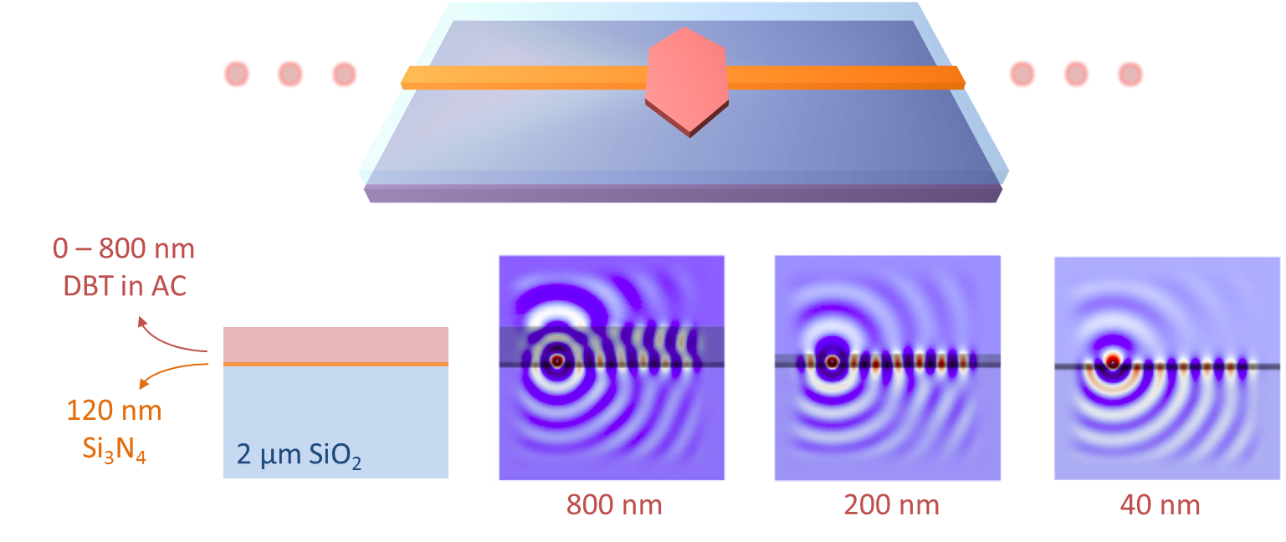Dr. Alex Clark - The Centre for Cold Matter, Blackett Laboratory, Imperial College London, London
Organic dye molecule photon sources coupled to waveguides and cavities
Time: Thu 2015-03-26 09.00 - 11.00
Location: FD41
Title: Organic dye molecule photon sources coupled to waveguides and cavities
Abstract:
Embedding the dye molecule dibenzoterrylene (DBT) in an organic crystal such as anthracene creates a stable two-level system for photon generation. Excellent emission characteristics can be obtained including lifetime limited linewidths of 30 MHz, a unity quantum yield, a 35% branching ratio to the zero phonon line, minimal photo-bleaching and an emission wavelength well matched to rubidium at 785 nm. I will present recent work to couple DBT emission to fibre microcavities and nanophotonic waveguides. Fibre microcavities are fabricated using a fibre array coated with a distributed Bragg reflector as one cavity mirror and an array of spherical mirrors etched in silicon and coated with metal as the other mirror. A crystal of anthracene and DBT is grown by sublimation and placed in the cavity. The cavity is aligned with piezoelectric actuators while the system is cooled to 1.5 K to confirm that the emission is coupled to the cavity and the fibre. The enhanced coupling of DBT emission to silicon nitride tapered waveguides requires thin film growth of anthracene, as shown in Fig. 1. We have a developed a method of molecular beam deposition to achieve films as thin as 50 nm and will present work towards coupling DBT emission to waveguides.

